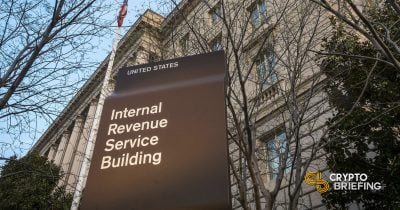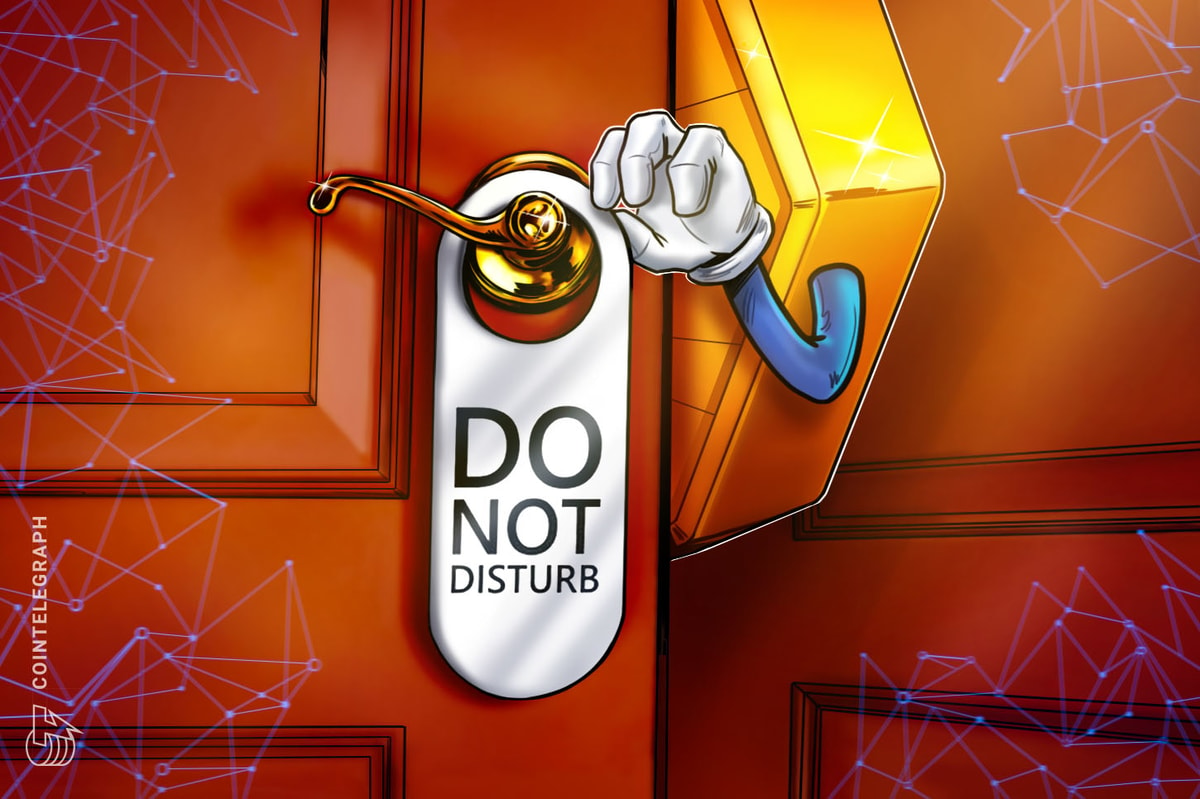
Student loans that are in default will go to collections starting May 5.
Getty Images/CNETStarting in two weeks, defaulted student loans will be sent to collections, the US Department of Education announced Monday. Borrowers in default and hoping for debt forgiveness should take action before collections resume on May 5.
"The Biden Administration misled borrowers: the executive branch does not have the constitutional authority to wipe debt away, nor do the loan balances simply disappear," Education Secretary Linda McMahon said in the press release.
If you're behind on payments, it's important to reach out to your lender for options. Lenders can report loans as delinquent after they're 90 days past due, which can damage your credit score. Loans that are 270 days past due go into default, which comes with even more severe consequences.
"It's only defaulted loans that are at risk of wage garnishment, tax refund offset, Social Security garnishment and collection costs," Betsy Mayotte, president of the nonprofit Institute of Student Loan Advisors, said in an email to CNET.
The Department of Education paused payments on student loans beginning in March 2020 amid the pandemic. Payments didn't resume until September 2023, but the Biden administration gave borrowers a 12-month on-ramp to resume payments.
What if I haven't made my student loan payments?
If your loans are delinquent but not yet in default, Mayotte noted that you're still eligible for lower payment options, including income-driven repayment plans, deferment and forbearance. Reach out to your servicer to discuss options, but expect lengthy waits.
"The Trump administration could choose to engage with these borrowers by providing additional resources and guidance to help prevent future defaults," student loan expert Elaine Rubin said in an email. "However, delivering this support may prove difficult due to reduced staffing levels."
If you're more than 270 days behind on payments, you can get out of default through either loan rehabilitation or consolidation.
If you choose rehabilitation, you'll need to make nine consecutive on-time payments that are based on your income. After that, your loan is considered out of default and the default (but not the delinquencies) are removed from your credit report.
Consolidation allows you to consolidate your defaulted federal student loan into a new direct consolidation loan.
"Although consolidation is quicker, it does not remove the default from the borrower's credit history, and interest and collection costs may be added to the outstanding loan balance," student loan expert Mark Kantrowitz told CNET in an email. "Borrowers who rehabilitate their federal student loans through consolidation may also be restricted to an income-driven repayment plan."
What if I'm enrolled in the SAVE repayment plan?
If you're enrolled in the Saving for a Valuable Education repayment plan, your payments are still on pause following a court order blocking the plan in February. Kantrowitz said payments for those loans should resume soon. For now, borrowers can review other repayment plans using the student loan simulator at StudentAid.gov.

Tiffany Wendeln Connors is a senior editor for CNET Money with a focus on credit cards. Previously, she covered personal finance topics as a writer and editor at The Penny Hoarder. She is passionate about helping people make the best money decisions for themselves and their families. She graduated from Bowling Green State University with a bachelor's degree in journalism and has been a writer and editor for publications including the New York Post, Women's Running magazine and Soap Opera Digest. When she isn't working, you can find her enjoying life in St. Petersburg, Florida, with her husband, daughter and a very needy dog.









 English (US) ·
English (US) ·